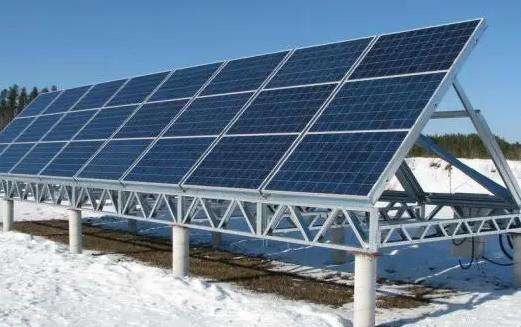You can use a crank and accelerating gearbox to drive a small motor to rotate. The voltage output from both ends of the motor directly supplies power to the small bulb, and you can light it up. But pay attention to the rotation speed. The faster the rotation speed, the higher the voltage output by the motor. The higher it is, the bulb may be burned out. Of course, rotation requires external force, such as your hand, hydraulic pressure, wind, etc. Generally, when a toy motor rotates rapidly, the voltage without load is more than ten volts to dozens of volts, and the voltage drops after it is loaded. In order to stabilize the output voltage, you can use a full bridge (4 diodes), capacitors, and voltage regulator tubes to make a simple voltage stabilizing circuit at the motor output end. This way, your light bulb will not be burned out.
A simple and complete small generator: mechanical rotating device + small motor + voltage stabilizing circuit
Asking for help, I want to make a wind turbine to charge the power bank
The method of making a simple mini fan is as follows:
A small fan only needs one
small motor
two sections
AA-5 battery
, some short wires, a solid
plastic foam
, a pair of scissors, and some pieces of cardboard. First, hollow out the solid foam, connect the small motor with wires, and stuff it into the foam (keep the rotor shaft of the small motor leaking out of the foam). Then connect the wires to the battery and stuff them into the foam. Use scissors to cut off the small pieces of paper. Cut it into rows and put it on the rotor shaft of the small motor.
Fans refer to
hot weather
devices that generate wind to keep cool
electric fans
, which use electricity It drives a device that generates airflow, and the fan inside is energized and then rotates to turn into natural wind to achieve the cooling effect.
I have an ordinary electric fan motor, how can I change it into a generator?
Use a 9V-12V toy DC motor, plus a wind propeller (actually a brushed DC fan), and in turn use it as a wind DC generator.
Connect the two electrodes of the motor to a bridge rectifier (avoid reverse connection of positive and negative), and connect the output to a 5.6V Zener diode and a 1000mfd/10WV electrolytic capacitor. This way you can charge the power bank.
For safety reasons, a 1000 microhenry 1A inductor can be connected in series to the output end to prevent surges from damaging the power bank chip.
It’s good to do an experiment. Unless the wind is strong, the charging effect may not be ideal.
The simplest method is: connect a high-speed motor to the motor shaft of the electric fan, and use this high-speed motor to drive the electric fan motor, then the electric fan motor will emit electricity.
Because you only need to make the electric fan motor generate electricity without considering other factors, you use this method. The disadvantage of this method is that the power factor is too low, and the power consumed by the high-speed motor is much greater than the power generated by the electric fan. It’s okay to do experiments.














